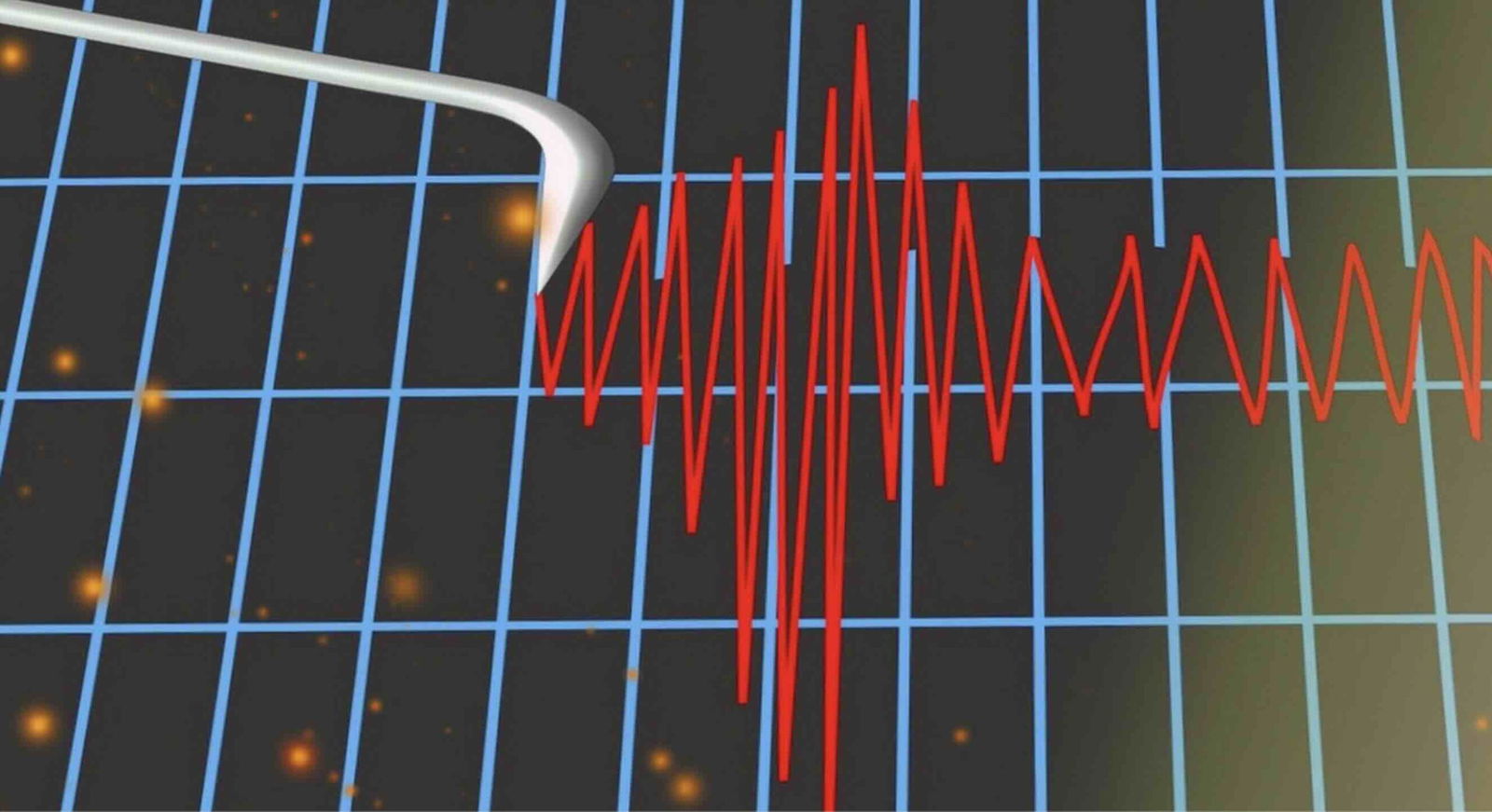In October 2024, claims began to circulate that a magnitude 4.5 earthquake in Iran was something far more sinister: the actual source of the quake, according to claims that gained traction on social media and even several mainstream media outlets, was linked to a secret atomic weapons test.
Now, scientists at Johns Hopkins University say the claims were untrue, according to a new study debunking them as misinformation propelled during a period of rising geopolitical tensions in the Middle East.
The researchers say the case offers a cautionary tale in an era of declining media trust, the proliferation of false information, and high penetration of viral content.
An October Misinformation Surprise
On October 5, 2024, a 4.5 magnitude Earthquake struck 31 miles outside the northern Iranian city of Semnan, placing it within only 134 miles of the capital city, Tehran. While Iran is naturally earthquake-prone because it straddles the Arabian and Eurasian tectonic plates, it didn’t take long for more exotic explanations to arise. Within 17 minutes, the first social media claims linking the earthquake to a covert nuclear test appeared before jumping to Twitter/X ten minutes after that.
“There was a concerted misinformation and disinformation campaign around this event that promoted the idea this was a nuclear test, which is not something you often see happen with an earthquake,” said lead author Benjamin Fernando of Johns Hopkins.
Confusing Misinformation Spreads
The claims rapidly spreading across social media devolved into a quagmire of conflated data, primarily driven by poor analysis. Within hours, posts presented data from an unrelated earthquake in Armenia that day as proof of the nuclear scenario.
Additionally, claimants attempted to connect the Iranian incident with an earthquake in Israel on the same night. Hours later, news media began covering the nuclear test assertions in their reporting. Many of these came from India-based English-language websites engaged in circular reporting, referencing each other’s stories that initially cited false information. While Indian sources comprised the bulk of the coverage, the stories spread to news media in the United States, Israel, Pakistan, Zimbabwe, France, and the United Kingdom.
Further muddying the waters were social media accounts seizing upon mistaken misinformation to intentionally generate and spread active disinformation. The Johns Hopkins authors became increasingly suspicious that a disinformation operation was afoot when they noticed that some of the posts contained sophisticated but false seismic analysis, which suggested subject matter experts were employed to generate convincing disinformation.
Additionally, one of the most widely propagated posts espousing the atomic weapon conspiracy theory came from an account previously linked to Russian disinformation.
Persian-language media took a much more measured approach to the events. That reporting focused on explaining the natural earthquake, ignoring more fantastical interpretations. Local media’s precision reporting is derived from consulting subject matter experts and looking at official data, leading to a more accurate portrayal of what occurred.
Confronting the Seismic Data
The Johns Hopkins team employed publicly available data from seismic monitoring stations to conduct an intensive analysis of the Iranian earthquake. Ultimately, the team found the event entirely natural, produced when the Arabian and Eurasian tectonic plates collided, deforming the Earth’s crust along a gently sloping fault at ground zero. Everything the team found in their analysis aligns with the standard behavior expected of the region’s typical tectonic behavior, eliminating peculiar causation like a nuclear explosion.
“Seismic waves carry information about the earthquake that produced them as they propagate around the planet. By recording the waves at different points on the Earth’s surface, we can work out what the properties of the source that produced them were,” Fernando said.
“In this case, the source was what we call a reverse fault—a motion associated with the Earth’s crust being crushed as the Arabian and Eurasian plates collide. Nuclear tests have very different signatures, which are explosive.”
Fact-Checking Misinformation
After their detailed study of the Iranian earthquake, the team proposed rapid-response collaborations between seismologists to mitigate accidental data misinterpretations and counter intentional disinformation. That may be a tricky proposition, given current decisions that are seeing some social media platforms moving away from in-house fact-checking.
“Scientific agencies could issue detailed reports swiftly to counter misinformation,” said co-author Saman Karimi, a Johns Hopkins geophysicist. “Giving amplification to contents coming from verified scientific accounts could help reduce the misleading narrative. This can be done via partnership between social media platforms and trusted seismologists or agencies such as the U.S. Geological Survey.”
The paper “The Propagation of Seismic Waves, Misinformation, and Disinformation from the 2024-10-05 M 4.5 Iran Earthquake” appeared on February 4, 2025 in Seismica.
Ryan Whalen covers science and technology for The Debrief. He holds an MA in History and a Master of Library and Information Science with a certificate in Data Science. He can be contacted at ryan@thedebrief.org, and follow him on Twitter @mdntwvlf.

